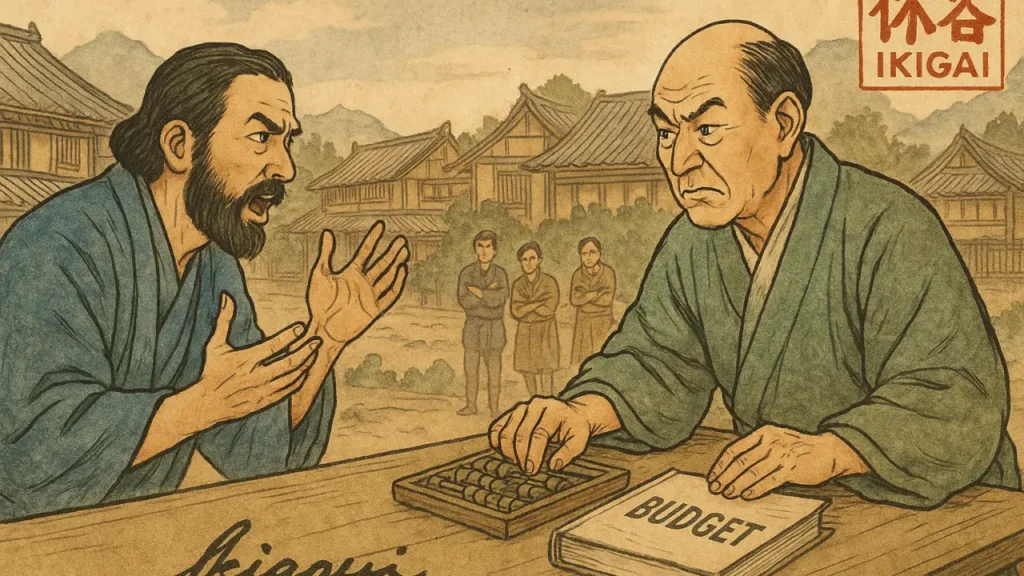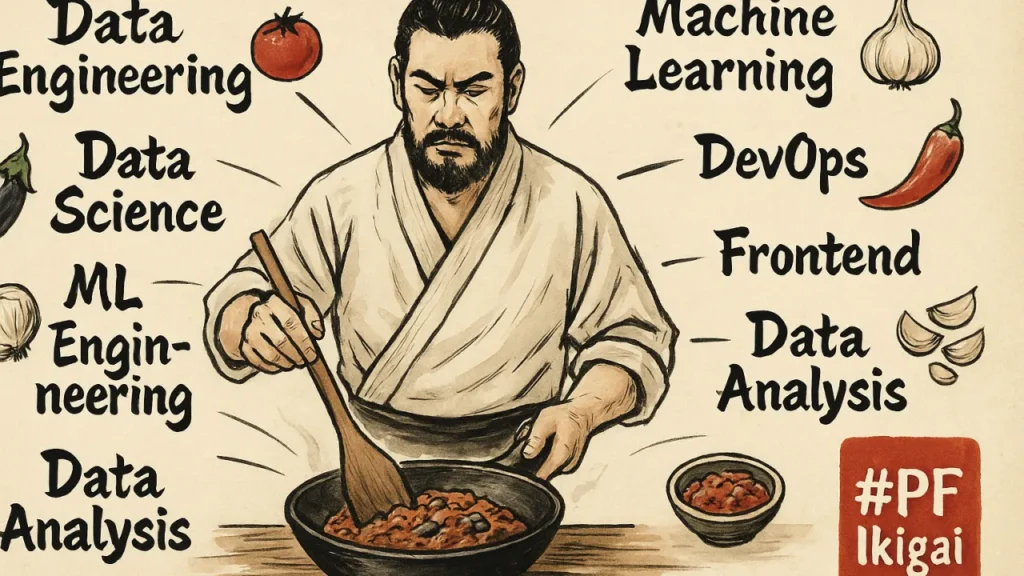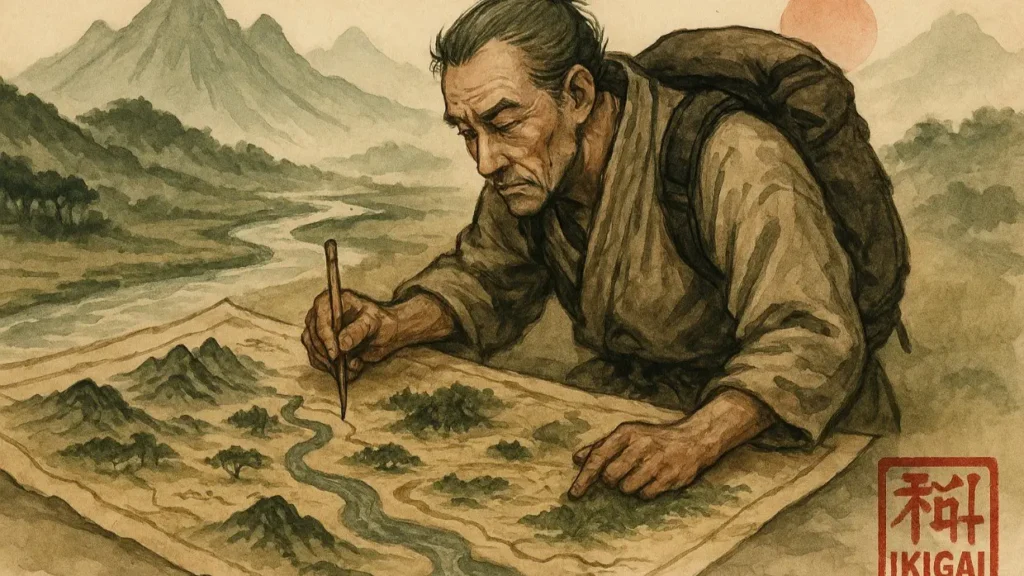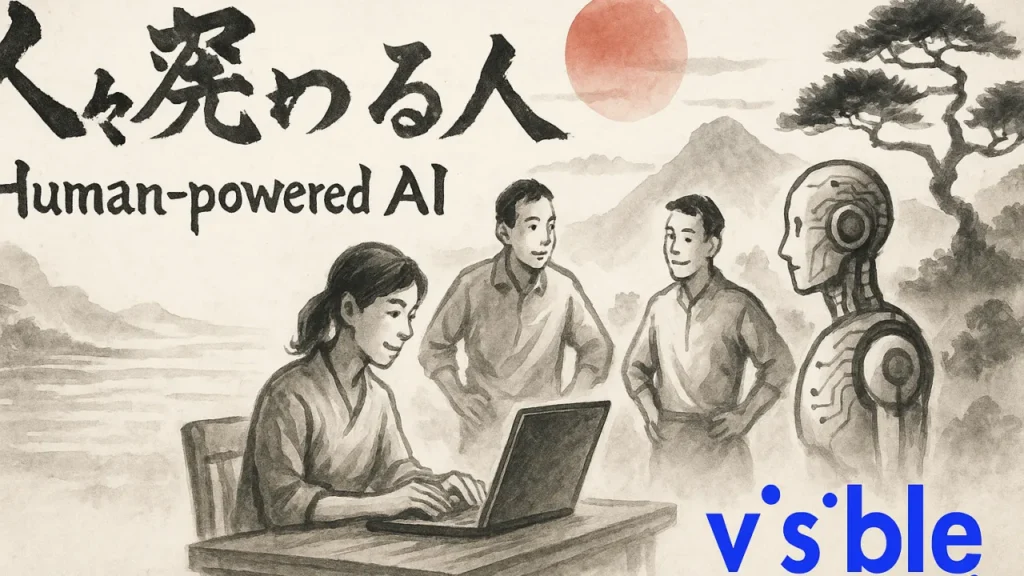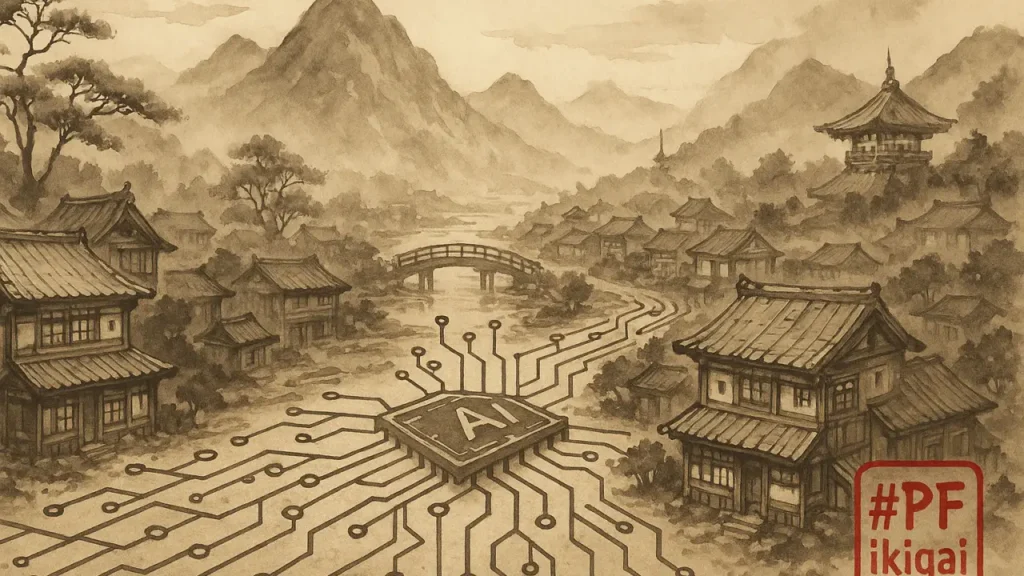Tech Writers at PF
Recently at a customer meeting, I was talking to one of our biggest client in Bahrain who happened to have Indian roots. shared with him how AI isn’t something just came to the tech scene. I reflected on how in my college computer lab in 1995, I wrote my first program on what was then being explored as fuzzy logic. It wasn’t called “artificial intelligence” yet — not in the mainstream sense. It was imprecise, probabilistic, and frankly misunderstood by many. But it fascinated me.
That early curiosity stuck with me.
Not just about AI, but about the systems, people, and leadership philosophies that shape how technology is built and sustained. And over the years — across roles at Microsoft, Amazon, LinkedIn, Meta, WeWork, and now as CTO of Property Finder — I’ve come to understand a truth that most boardrooms still underestimate:
You don’t scale AI with titles. You scale it with explorers.
The Myth of the Passenger Leader
Most modern org charts are filled with what I call passenger leaders.
Smart. Capable. Reliable. But largely shaped by a system that rewarded safe delivery, hierarchy, and internal consensus. They rose through the ranks by operating the machine, not redesigning it.
That used to be okay. In the previous tech cycle, when systems matured slowly and market dynamics were more predictable, being a capable operator was enough.
But we’re not in that world anymore.
AI is not a feature wave. It’s a systemic reset — in how teams are built, how products are architected, and how companies survive the next 5 years.
The future belongs to explorers — those who have built products from scratch, scaled them across markets, made hard platform trade-offs, and understand not just the tech, but the terrain.
My Explorer’s Path — Lessons From the Field
My career hasn’t been one of linear promotions. It’s been a series of hard, gritty reinventions. And each phase taught me how to build — not just products, but systems of durable innovation:
- Microsoft: At Office 365, I led the creation of an automation platform for Exchange Online, which helped reduce manual recovery work across thousands of servers. The lesson? Scale only happens when you build depth first.
- Amazon: At Prime Video, I rebuilt the global recommendation engine from scratch — expanding from 4 English-speaking countries to 180+ markets with multilingual nuance. I saw firsthand how user signals, data rights, and real-time personalization must be interwoven. Our platform scaled so fast, it broke the AWS Redshift limits.
- LinkedIn Learning: There, success depended on backend video ingestion, tagging, and delivery. It wasn’t a shiny AI use case — but without it, the product would’ve failed.
- Meta: I worked adjacent to the Responsible AI team and directly led the platform teams powering data access and regulatory tools for 2.5 billion users — helping journalists and regulators understand how data was used through structured public APIs.
- WeWork: I was brought in to shepherd IPO readiness during a time of extreme disarray. My mandate was to bring discipline to a bloated, high-cost engineering organization and refactor the platform for public-market scrutiny.
- Property Finder: At PF, I’ve led the creation of Project Ikigai — a philosophy and execution system that ensures AI isn’t just another department, but the thread running through every product, platform, and process we build.
These weren’t theoretical learnings. They were lived. They required not just technical vision, but organizational rewiring.
Why This Matters Now
AI is not a plug-in.
It requires organizational curiosity, structural reform, and deep cross-functional trust. It requires leaders who’ve been in the trenches — who’ve hired the wrong people, picked the wrong stack, and survived the consequences.
It also requires methodical ecosystem building.
The era of building every feature in-house is over. The winners will be the ones who partner fast, integrate well, and learn faster than the market moves.
Case in point: Microsoft’s bet on OpenAI.
They didn’t wait to prove internal capability. They saw a shift, backed it early, and redefined the pace of innovation — forcing Google to play catch-up in a space it once owned.
That’s what explorer organizations do: they act early, decisively, and with conviction.
Building the Right Org: From CTO to Tech Lead
This doesn’t just apply at the C-level. It matters all the way down the stack.
- CTOs must set the philosophy and ensure talent, product, and platform are aligned.
- Directors and EMs must know how to balance architecture with execution, build feedback loops into the system, and shield teams from hype distraction.
- Tech Leads must go beyond code — becoming translators of intent into scalable systems and proactive educators within their squads.
This isn’t about titles. It’s about wiring.
A Word to Investors and Boards
If you’re backing a company right now, ask yourself:
- Who is shaping their AI strategy?
- Have they built platforms before?
- Do they know how to lead a team into uncharted terrain — or are they just borrowing someone else’s deck?
It’s not enough to see “AI” on a roadmap. You need to see battle-tested explorers at the helm — people who’ve failed, learned, and still have fire to build what’s next.
Because the next generation of companies — the ones that win on AI — won’t be the ones with the best consultants or the biggest budgets.
They’ll be the ones led by builders.
Closing Thought
The next wave belongs to those who can navigate ambiguity, integrate across silos, and build trust — not just tools.
And in that world, seasoned explorers aren’t optional.
They’re your only way through.

